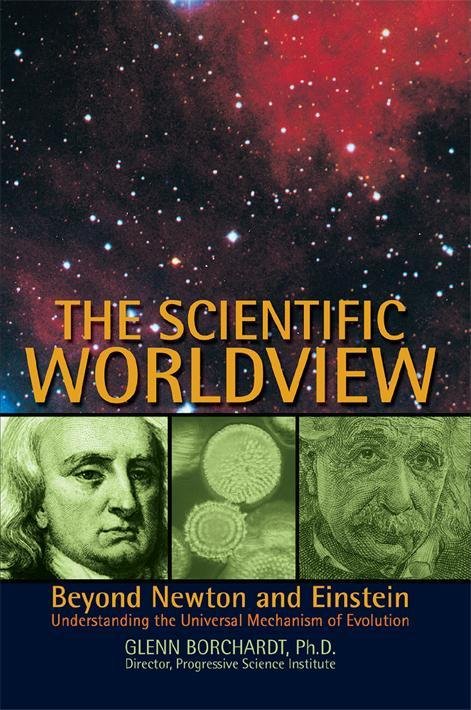Einstein’s corpuscular
theory of light still produces contradictions galore. Thanks to Rick for this article he found in the New
Scientist, which is ever on the lookout for the mysterious contradictions
promulgated by regressive physics. It seems that treating light as a particle
instead of motion within a medium has falsified Newton’s Third Law of Motion,
while producing a new kind of beast: negative mass (Figure 1). The reporter, Michael Slezak[1], explains “But if one of
the billiard balls had a negative mass, then when the two balls
collide they will accelerate in the same direction. This effect could be useful
in a diametric drive, a speculative "engine" in which negative and
positive mass interact to accelerate forever.” Of course, in neomechanics, we
deny that light is a particle. In no way would the billiard ball analogy apply
to light, which is simply wave motion within the aether. Other words hint at the bogosity of this claim: “accelerate forever.” It is nice that Slezak mentions
that even quantum mechanics disallows negative mass and that even the misnamed
“anti-matter” (with opposite charge and spin) still has positive mass. No
wonder NASA dropped the project—even the Patent Office will not patent a
perpetual motion machine.
Slezak writes: “…Ulf Peschel at the University of
Erlangen-Nuremberg in Germany and his colleagues have made a diametric drive
using "effective mass". As photons travel at the
speed of light they have no rest mass. But if you shine pulses of light into
some layered materials, such as crystals, some of the photons can be reflected
backwards by one layer and then reflected forwards again by another. That
delays part of the pulse, causing it to interfere with the rest of the pulse as
it propagates more slowly through the material.”
Folks who have understood my
recent discussion of the “Shapiro Delay” will see a parallel here. Light
entering a region containing baryonic matter is refracted, with its velocity
being reduced in direct proportion to the degree of refraction. Thus, light
passing through an atmosphere or crystal must slow down, with its wavelength
decreasing in proportion to the degree of slowing. Light velocity then
increases and waves become longer when the light exits the baryonic region—simply
because the medium controls its velocity. That would surely produce the delay
and resulting interference mentioned by Slezak, although it would not cause
light to propagate “more slowly through the material.” Pulses having two
different velocities outside a particular medium will have the same velocity
within it. For instance, light having traveled through diamond (124,018 km/s)
and light having traveled through air (300,000 km/s) will travel at 225,000
km/s when those two beams travel through water. All the Peschel experiment did
was to produce a delay due, instead, to differing path lengths (Figure 1).
According to the party line:
“As photons travel at the speed of light they have no rest mass.” The
implication is that if these mysterious beasts ever slow down even slightly,
they miraculously will have rest mass. As Slezak wrote: “When a material slows
the speed of the pulse proportional to its energy, it is behaving as if it has
mass – called effective mass. Depending on the shape of the light waves and the
structure of the crystal, light pulses can have a negative effective mass.” Oh
what webs we weave when light is considered to be matter instead of motion…
Then: “After a few round
trips, the pulses develop an interference pattern that gives them effective
mass.” Sorry, but an interference pattern cannot give motion (light) an
effective mass. All an interference pattern indicates is that two sources of
light are out of phase. This happens all the time when the two sources are not
the same distance from the observer. It doesn’t convert motion into a particle,
despite the erroneous theory and mathematics that makes such a silly claim.
Again: “The team created
pulses with positive and negative effective mass. When the opposing pulses
interacted in the loops, they accelerated in the same direction, moving past
the detectors a little bit sooner on each round trip.” This finds the
underlying cause of the absurdity. Once you make the ridiculous assumption that
interference can produce mass, then anything goes. In my opinion, the creation
of “pulses with positive and negative mass” is nothing more than a calculation
involving the degree of constructive or destructive interference produced by
varying the path length. The pulses appear to “accelerate” in the same
direction simply because only constructive interference prevails.
[1] Slezak, Michael, 2013,
Light can break Newton's third law – by cheating: New Scientist, v. 22, no. 11.










No comments:
Post a Comment